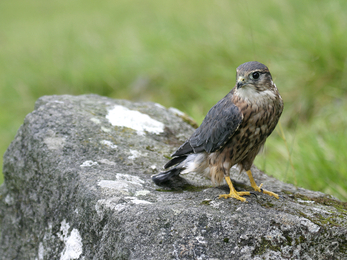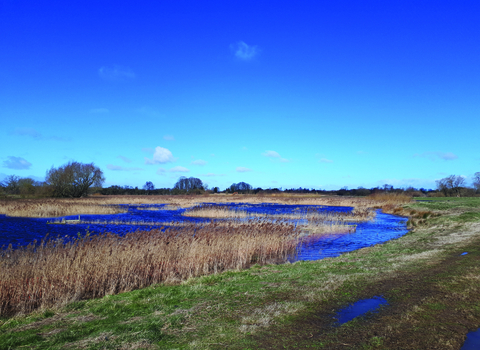Throughout The Wildlife Trusts relationship with Aggregate Industries, over 4,000 hectares have been created into rich new wildlife wetland habitats, including open water, reedbeds, scrapes and grassland.
Since it opened just a year ago, Yorkshire Wildlife Trust’s Ripon City Wetlands is one such reserve growing into a spectacular wetland. Quarried for sand and gravel since 1964, a restoration plan was drawn up for the site by Yorkshire Wildlife Trust, Aggregate Industries and Middlemarch. When quarrying ceased, engineers at the quarry worked with advisors from the Trust and used their machinery and knowledge of the site to sculpt and shape it into an attractive venue for visitors and wildlife.












